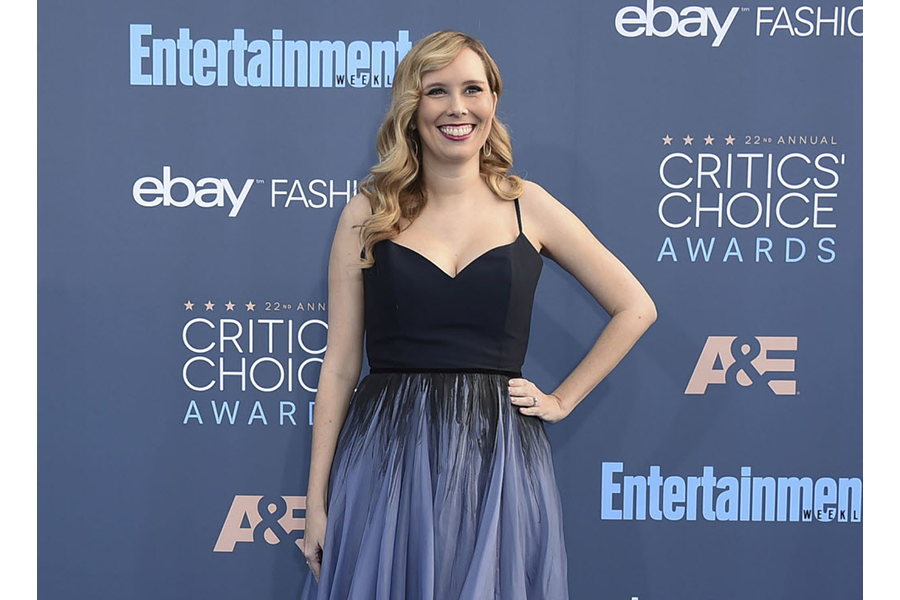'Hidden Figures' screenwriter Allison Schroeder came to movie following NASA-centric family history
Loading...
NASA has been part of "Hidden Figures" screenwriter Allison Schroeder's life for as long as she can remember. Not only did a childhood near Cape Canaveral mean that the space program was an ever-present reality – fire drills in school were timed so the kids could see the launches and the Challenger explosion was one of her earliest memories – it's also in her DNA.
Her grandfather had uprooted his family from Iowa to move to Florida to work on the Mercury prototypes, and then, almost by accident, her grandmother was delivering lunch to him at work one day and saw a sign advertising lessons in a new technology: Computers.
"She signed up for classes and ended up working at NASA long after him," Schroeder said recently. "She became a software engineer and a programmer and she ended up on the shuttle missions."
Schroeder even participated in a NASA mentorship program throughout high school.
None of the producers knew this, however, when Schroeder was sent the proposal for Margot Lee Shetterly's in-progress book "Hidden Figures: The American Dream and the Untold Story of the Black Women Mathematicians Who Helped Win the Space Race" as a possible project. Even with her extensive background with NASA, it was a story Schroeder hadn't heard of.
"Nobody had!" she said. "History is a certain way, but you just change the point of view a little bit and you discover a whole new side of it."
Schroeder hadn't yet written a produced feature film, but it was a job she knew she was meant to do. She pitched producer Donna Gigliotti the end of the film where Katherine Johnson (Taraji P. Henson) crunches numbers for the imminent launch of John Glenn's Friendship 7 mission.
"Donna was like, 'I don't understand any of the math, but that's exciting!'" Schroeder laughed. She got the job.
Since its Christmas release, "Hidden Figures" has become the early feel-good hit of the year as well as a major awards contender with three Oscar nominations, including adapted screenplay (which Schroeder shares with director Theodore Melfi), best supporting actress (Octavia Spencer), and best picture. The film, which cost only $25 million to produce, has also made $131.5 million in North American theaters, and continues to linger in the top five even in its seventh week in theaters.
Much of the story that made it onto the screen is real, but like all movies based on actual events, Schroeder did take some liberties. That final scene that got Schroeder the job, for instance, actually took the real Johnson a day and a half to do – not a couple of hours.
"But that's not as exciting," Schroeder said. "It was hard enough figuring out what to leave out. There were so many incredible women and there are so many incredible moments. It was tricky to narrow it down to two hours."
For the most part, it was about making adjustments to fit the truth into a narrative structure. So she shifted the timeline around some to add dramatic stakes in some places. And with no transcript available, she had to write Mary Jackson's (Janelle Monae) moving courtroom testimony petitioning for access to a white school that would allow her career advancement. There were other little things that were invented, too, like having the women all carpool together to work.
Nothing went that far astray, though.
"Those title cards at the end are true. We were always building toward them. It was fun to get to do that," Schroeder said.
Plus, sometimes the truth is just more interesting. As a big fan of the character work of John Hughes, Schroeder was especially drawn to the fact that all the women had interests and talents outside of NASA. That, too, reminded her of her grandparents who would make magnificently decorated cakes for church events.
"These people who excel at making things, excel at it in all areas of life," Schroeder said. "You want to have a good cake? Get two engineers to build it."







